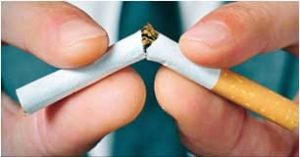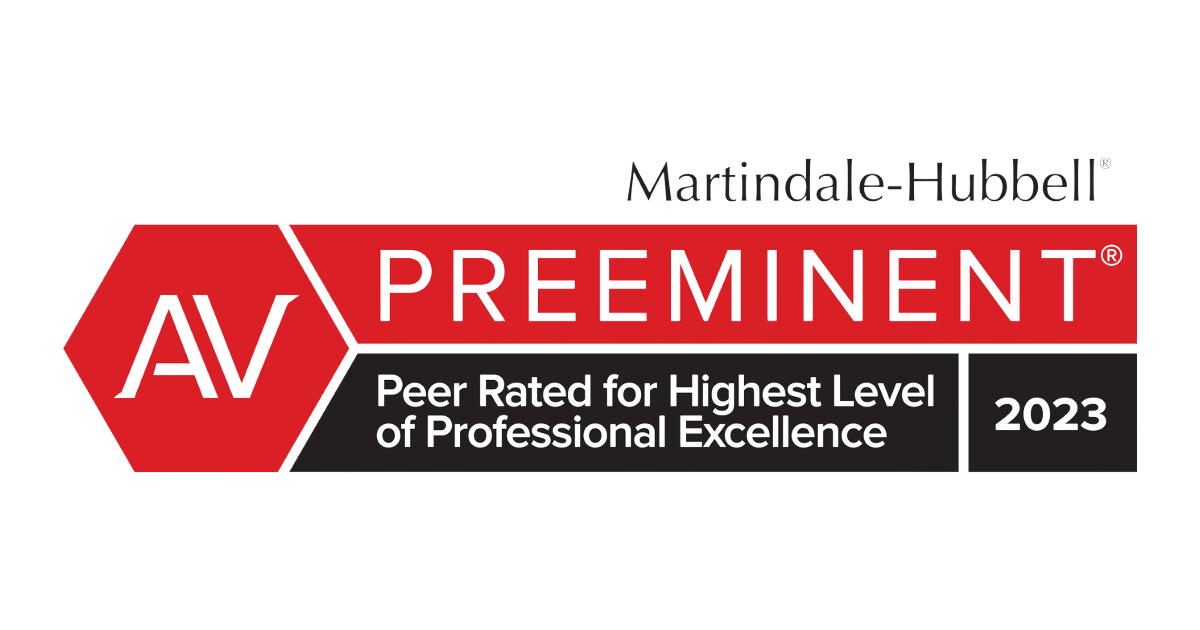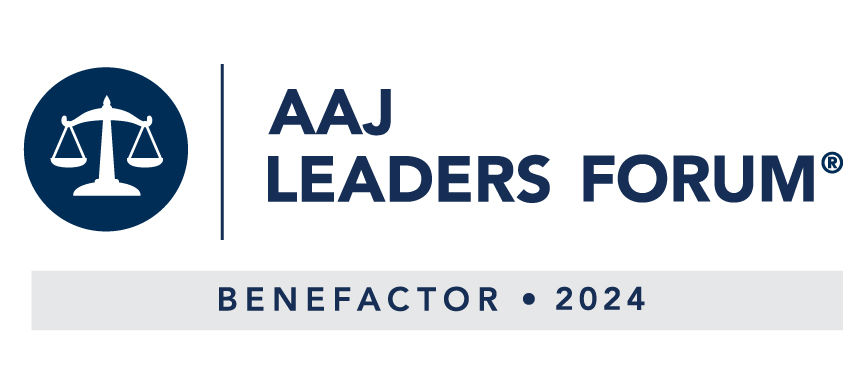Las toxinas del humo de tercera mano son peligrosas
Humo de tercera mano: ¿Quién lo diría?
Varios medios de comunicación han destacado recientemente un nuevo riesgo para la salud asociado con los cigarrillos: el humo de tercera mano. Esto se refiere a la mezcla dañina de gases y partículas que permanecen en el cabello, la ropa, los muebles y los pisos mucho después de que el humo de segunda mano visible se haya disipado. La lista de toxinas presentes se lee como una galería de pícaros, incluyendo cianuro de hidrógeno (utilizado en la guerra química), monóxido de carbono (que se encuentra en las emisiones de los automóviles), butano (utilizado en el líquido para encendedores), amoníaco (que se encuentra en los productos de limpieza domésticos), tolueno (que se encuentra en los diluyentes de pintura), arsénico (utilizado en pesticidas), plomo (que se encontraba anteriormente en la pintura), cromo (utilizado en la producción de acero), cadmio (utilizado en la fabricación de baterías), y polonio-210 (un carcinógeno altamente radiactivo).

Los niños pequeños son particularmente vulnerables a la exposición al humo de tercera mano. Los rastros de partículas de tabaco se han relacionado con deficiencias cognitivas en los niños, similares a la exposición mínima al plomo. La investigación sugiere que cuanto mayor es la exposición, peor es la capacidad de lectura, lo que pone de manifiesto la neurotoxicidad potencial de estas sustancias incluso en concentraciones increíblemente bajas.
Strike One: Respuestas de la industria tabacalera a los estudios que destacan el vínculo del tabaquismo con el cáncer de pulmón
Lo que falta en estas noticias son las respuestas de la industria tabacalera. Si la historia es una indicación, la industria tabacalera no aceptará fácilmente los peligros que plantea el humo de tercera mano. Por ejemplo, cuando en la década de 1950 comenzaron a filtrarse en la prensa popular los estudios de investigación médica que señalaban el vínculo entre el tabaquismo y el cáncer de pulmón, la industria tabacalera "lanzó una campaña masiva de relaciones públicas para desacreditar y distorsionar la verdad sobre el tabaquismo y el cáncer, para negar cualquier vínculo entre el tabaquismo y las enfermedades graves, y para persuadir al público de que 'no hay pruebas de que fumar cigarrillos sea una causa de cáncer de pulmón', el propósito subyacente de la investigación sobre el tabaquismo. que era 'tranquilidad del público'". (Whiteley v. Philip Morris, Inc. (2004)117 Cal.App.4th 635, 679-682)
En 1964, se publicó el informe inaugural del Cirujano General de los Estados Unidos sobre la correlación entre el tabaquismo y el cáncer, y en los años siguientes surgieron informes y suplementos posteriores. A pesar de esto, la industria tabacalera negó sistemáticamente la conexión establecida entre el tabaquismo y el cáncer de pulmón a lo largo de los años. Sin embargo, a medida que aumentaba la conciencia sobre los riesgos del tabaquismo (y más tarde, del humo de segunda mano), los cambios en las políticas públicas condujeron a limitaciones en la publicidad y prohibiciones de fumar en público. En consecuencia, el número total de fumadores estadounidenses, tanto hombres como mujeres, ha disminuido. [Cronología del tabaco: Tasas de tabaquismo en EE. UU. desde 1965] Esta es una noticia positiva.
Segundo golpe: Reacciones de la industria tabacalera a la investigación que asocia el tabaquismo con un mayor riesgo de enfermedad.
La desafortunada realidad es que las mismas estrategias utilizadas para negar los riesgos del tabaquismo se han replicado en respuesta a la evidencia científica sobre los peligros del humo de segunda mano. El humo de segunda mano, también conocido como "humo de tabaco ambiental" (ETS, por sus siglas en inglés) o "tabaquismo pasivo", es una mezcla de dos tipos de humo producidos por la quema de productos de tabaco: "humo lateral" y "humo convencional". El humo lateral es el humo que emana del extremo de un cigarrillo humeante. El humo convencional es una mezcla de humo inhalado y exhalado por un fumador. El alquitrán obtenido del humo de segunda mano es tres veces más venenoso por gramo y de dos a seis veces más cancerígeno por gramo que el alquitrán generado por el humo convencional cuando se aplica a la piel.
Los bebés expuestos al tabaquismo pasivo tienen un riesgo doble de sucumbir al SMSL. El tabaquismo pasivo está relacionado con entre 7.500 y 15.000 ingresos hospitalarios anuales de bebés y niños pequeños, provoca entre 136 y 212 muertes en niños de 18 meses o menos, y es responsable de entre 8.000 y 26.000 nuevos casos de asma en niños cada año. La Agencia de Protección Ambiental de California (EPA, por sus siglas en inglés) no solo es perjudicial para los niños, sino que también estima que la exposición al humo de segunda mano provoca alrededor de 3,400 muertes por cáncer de pulmón y entre 22,700 y 69,600 muertes por enfermedades cardíacas anualmente entre los adultos no fumadores en los Estados Unidos.
Teniendo en cuenta los importantes riesgos para la salud relacionados con el tabaquismo pasivo, las restricciones para fumar en público se han implementado cada vez más en los últimos veinte años, con California a la vanguardia. Por ejemplo, Berkeley, California, fue la ciudad pionera en los EE. UU. en hacer cumplir las áreas para fumadores en los restaurantes, y California fue el estado inaugural en prohibir fumar en los pubs. A pesar de la controversia inicial, estas políticas han sentado un precedente que se está siguiendo tanto dentro del país como a nivel mundial. Recientemente, San Francisco sentó un nuevo precedente al prohibir la venta de productos de tabaco en farmacias corporativas. Como era de esperar, Walgreens y Philip Morris impugnaron esta regulación, preocupados por la posible replicación a nivel nacional de prohibiciones similares.
Al igual que los estudios iniciales que asociaban el tabaquismo con el cáncer de pulmón, la industria tabacalera implementó varias estrategias para contrarrestar los efectos de la investigación que relacionaba el humo de segunda mano con la enfermedad. Por ejemplo, en 1993, Philip Morris lanzó el "Proyecto Brass" como reacción a la categorización del humo de tabaco de segunda mano por parte de la Agencia de Protección Ambiental de los Estados Unidos como un carcinógeno humano del Grupo A. Las tácticas del Proyecto Brass incluían: 1) ampliar el problema del humo de segunda mano para incluir la calidad general del aire interior (es decir, desviar la atención del humo de segunda mano); 2) emplear a "terceros confiables" para oponerse a las iniciativas de salud pública, y 3) crear incertidumbre sobre el informe de humo de segunda mano de la EPA.
También vale la pena mencionar el Whitecoat Project, una iniciativa global liderada por Philip Morris para "oponerse y revertir las limitaciones de fumar". Este proyecto tuvo como objetivo crear y mantener el debate sobre los impactos del humo de segunda mano en la salud mediante la producción de literatura científica que respalde la postura de la industria de que el humo de segunda mano no es dañino. Philip Morris también inició el Programa de Adaptación, que proponía el establecimiento de áreas separadas para fumadores y no fumadores en lugares públicos como un sustituto "razonable" de las limitaciones de fumar legisladas. El Programa de Alojamiento también le dio a Philip Morris acceso a un grupo de propietarios y asociaciones de negocios de hospitalidad, que podrían servir como aliados externos confiables para oponerse a las restricciones para fumar.
Strike Tres: El giro de Philip Morris: los peligros del humo de tercera mano para la salud son solo un "rumor"
Hace más de una década, los líderes de Philip Morris reconocieron un posible problema de salud relacionado con el humo de tercera mano. Un correo electrónico de 1998, enviado por Liz Culley, directora sénior de asuntos corporativos de Philip Morris, a un consultor de marketing sobre la redacción apropiada y legalmente salvaguardada para el Libro Informativo Anual para Accionistas del Presidente, proporciona una idea de la preferencia de la compañía tabacalera por las ganancias sobre la salud pública. Este documento de cinco páginas, presentado en un estilo de preguntas y respuestas, retrata la postura de Philip Morris sobre los peligros del humo de tercera mano como meros "chismes", al tiempo que elogia los méritos del Programa de Alojamiento y atribuye la basura de colillas de cigarrillos a las restricciones para fumar.
Qué pena. Esperábamos que por fin hubieran tomado conciencia.
Otros informes del Cirujano General:
- Departamento de Salud y Servicios Humanos de los Estados Unidos. Las consecuencias para la salud de la exposición involuntaria al humo del tabaco: un informe del Cirujano General.
- Departamento de Salud y Servicios Humanos de los Estados Unidos. El Informe del Director General de Salud Pública de 2006: Las consecuencias para la salud de la exposición involuntaria al humo del tabaco.










